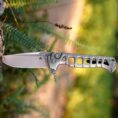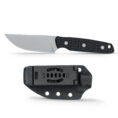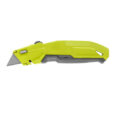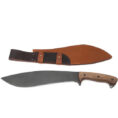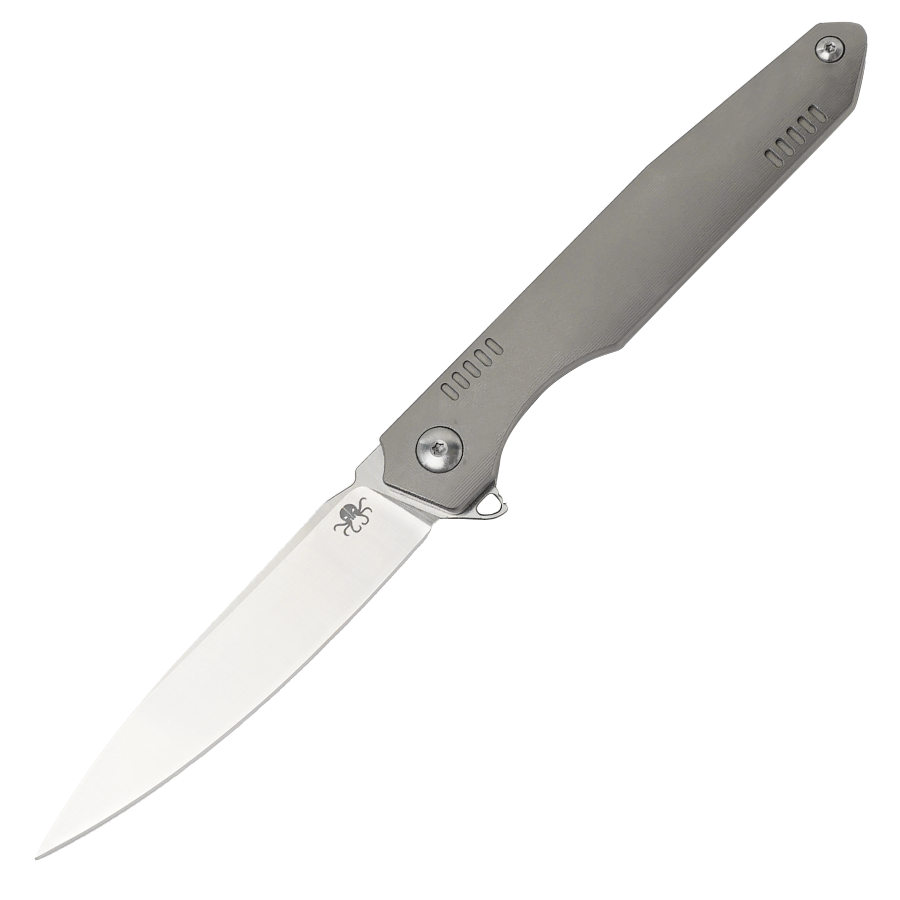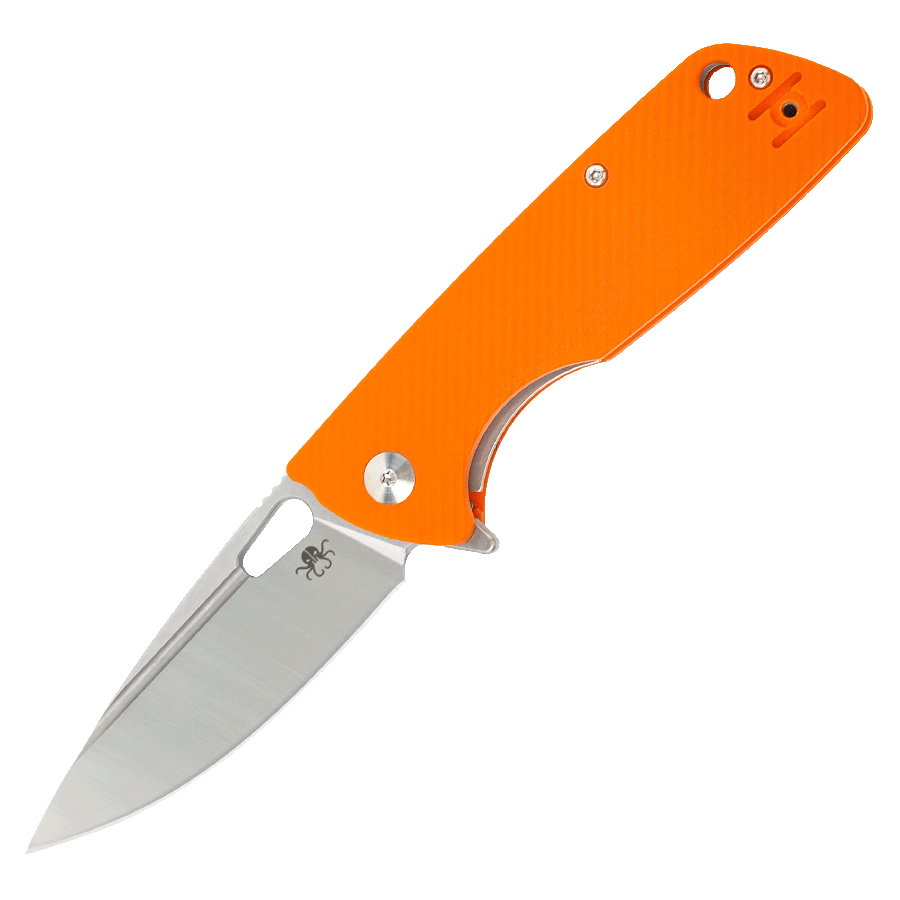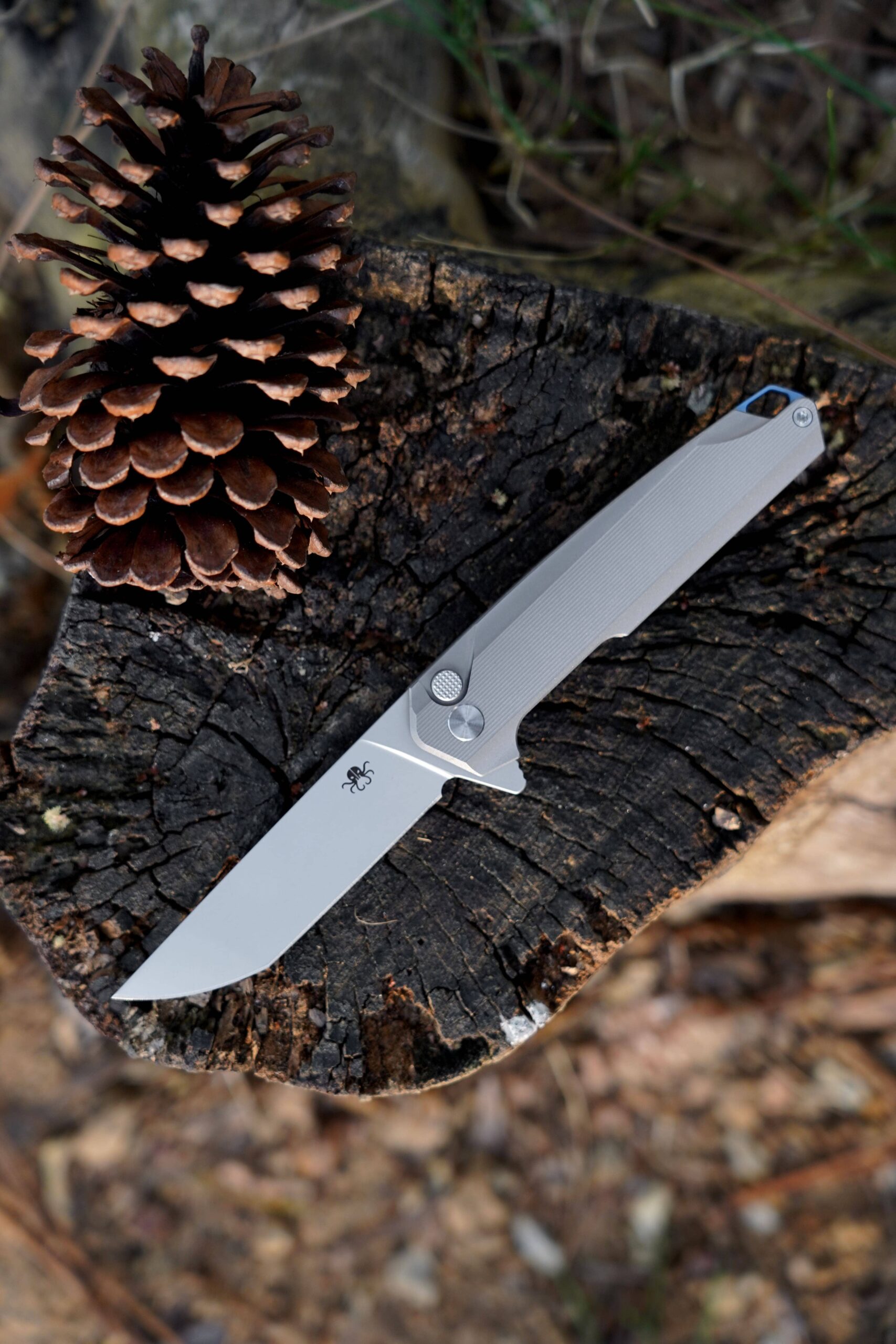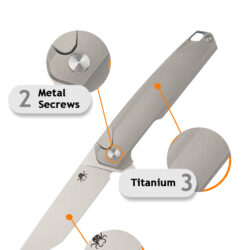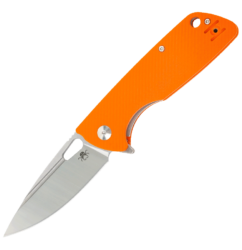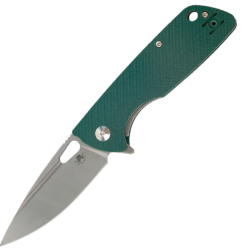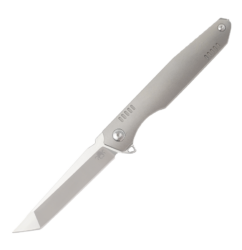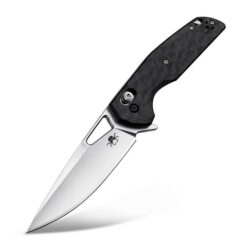How to Fold a Pocket Knife
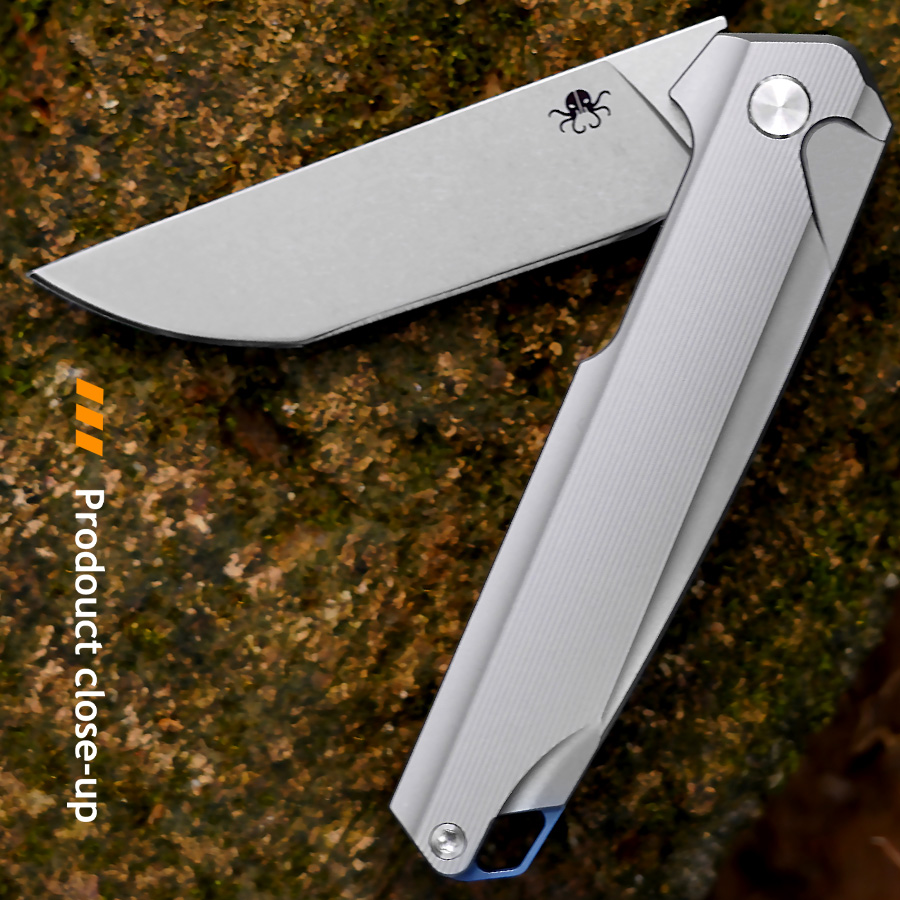
A pocket knife is a versatile tool that can be used for a variety of tasks, from cutting rope to opening packages. However, knowing how to properly fold a pocket knife is essential for both safety and maintenance. Whether you’re a seasoned outdoorsman or a beginner, this guide will walk you through the process of folding a pocket knife safely and efficiently.
Understanding Your Pocket Knife
Before you attempt to fold your pocket knife, it’s important to understand its components. Most pocket knives consist of the following parts:
1. Blade: The sharp, cutting part of the knife.
2. Handle: The part you hold, which houses the blade when folded.
3. Pivot Point: The hinge where the blade attaches to the handle.
4. Locking Mechanism: A safety feature that keeps the blade in place when open or closed. Common types include liner locks, lockbacks, and slip joints.
Understanding these parts will help you operate your knife more effectively and safely.
Step-by-Step Guide to Folding a Pocket Knife
Step 1: Ensure the Blade is Clean
Before folding your knife, make sure the blade is clean and free of debris. Wipe it down with a cloth if necessary. This prevents dirt from getting into the pivot point, which could affect the knife’s performance over time.
Step 2: Release the Locking Mechanism
Most modern pocket knives have a locking mechanism to keep the blade securely in place when open. To fold the knife, you’ll need to disengage this lock. The method varies depending on the type of lock:
– Liner Lock: Push the metal liner to the side to release the blade.
– Lockback: Press the release button or lever on the back of the handle.
– Slip Joint: These knives don’t have a lock, so you can simply apply pressure to the back of the blade to fold it.
Always use your thumb or finger to control the blade as you release the lock to avoid accidental closure.
Step 3: Fold the Blade into the Handle
Once the lock is disengaged, gently guide the blade back into the handle. Use your thumb to apply light pressure on the spine of the blade, directing it toward the handle. Be careful not to let the blade snap shut, as this can damage the knife or cause injury.
Step 4: Secure the Knife
After the blade is fully folded, ensure it is securely closed. Some knives have a secondary locking mechanism or a detent to keep the blade in place when folded. Double-check that the blade is not partially open, as this could be dangerous when carrying the knife in your pocket.
Step 5: Store or Carry Safely
Once your knife is folded, you can safely store it in your pocket, bag, or a sheath. If your knife has a clip, attach it to your pocket for easy access. Always ensure the knife is fully closed before storing it to prevent accidents.
Safety Tips for Folding a Pocket Knife
1. Keep Your Fingers Clear: Always be mindful of where your fingers are when folding a knife. Keep them away from the blade’s path to avoid cuts.
2. Avoid Forcing the Blade: If the blade doesn’t fold easily, check for obstructions or dirt in the pivot point. Forcing it could damage the knife.
3. Practice Regularly: If you’re new to using pocket knives, practice folding and unfolding the knife in a safe environment to build confidence and muscle memory.
4. Maintain Your Knife: Regularly clean and lubricate the pivot point to ensure smooth operation.
Common Mistakes to Avoid
– Snapping the Blade Shut: Letting the blade snap shut can damage the knife and is a safety hazard. Always guide the blade gently.
– Ignoring the Lock: Failing to disengage the lock properly can make it difficult to fold the knife and may damage the locking mechanism.
– Neglecting Maintenance: A dirty or poorly maintained knife can become difficult to fold and unsafe to use.
Conclusion
Folding a pocket knife is a simple yet essential skill that ensures the tool remains safe and functional. By following the steps outlined above and adhering to safety guidelines, you can confidently fold your pocket knife without risking injury or damage to the blade. Whether you’re using your knife for everyday tasks or outdoor adventures, proper handling and maintenance will extend its lifespan and keep it in top condition. Remember, a well-cared-for pocket knife is not only a reliable tool but also a testament to your responsibility as a user.

